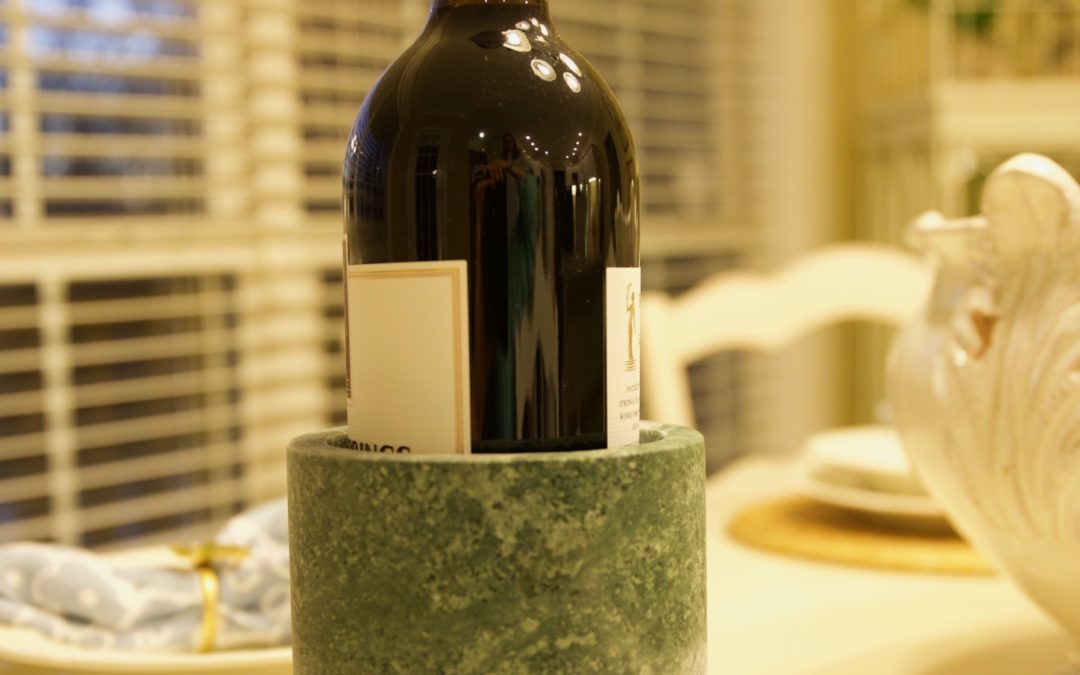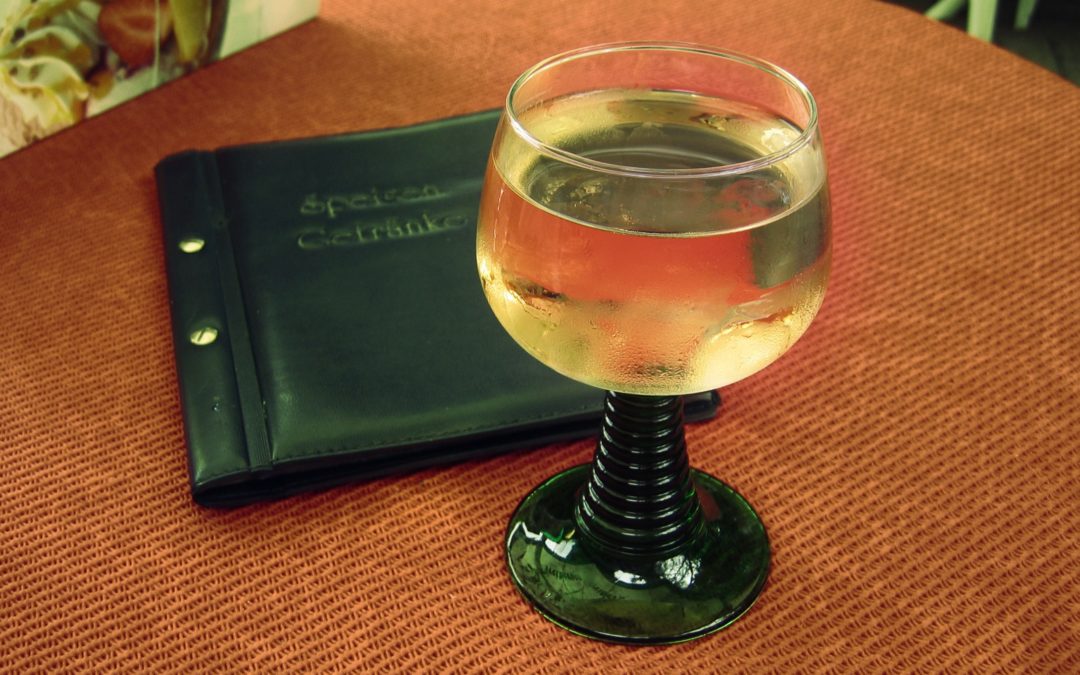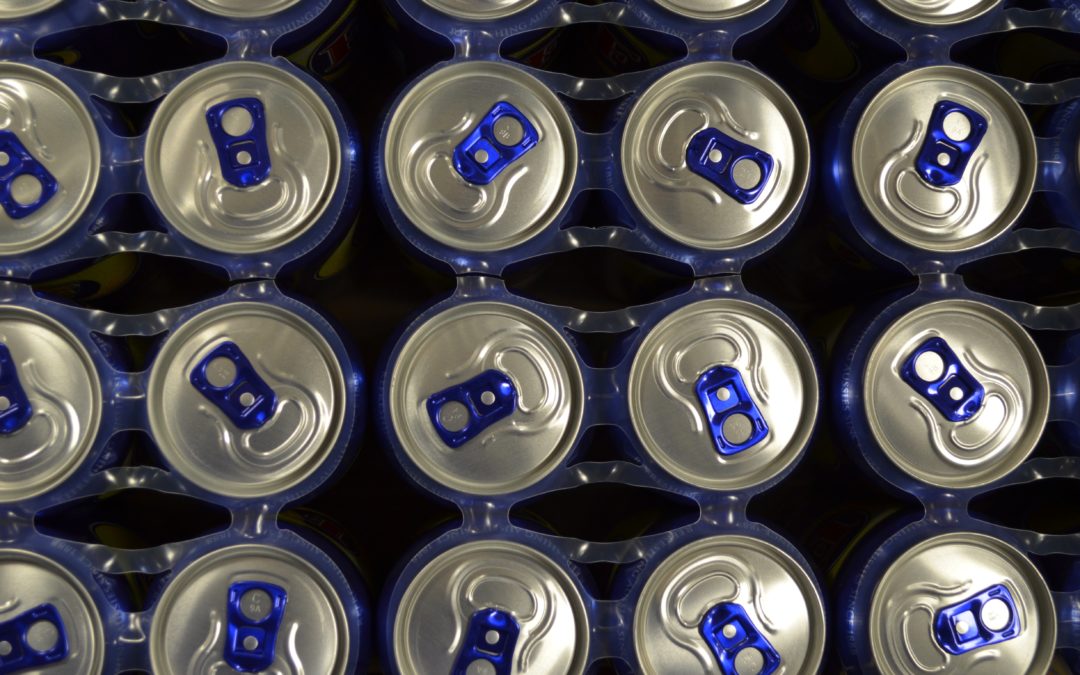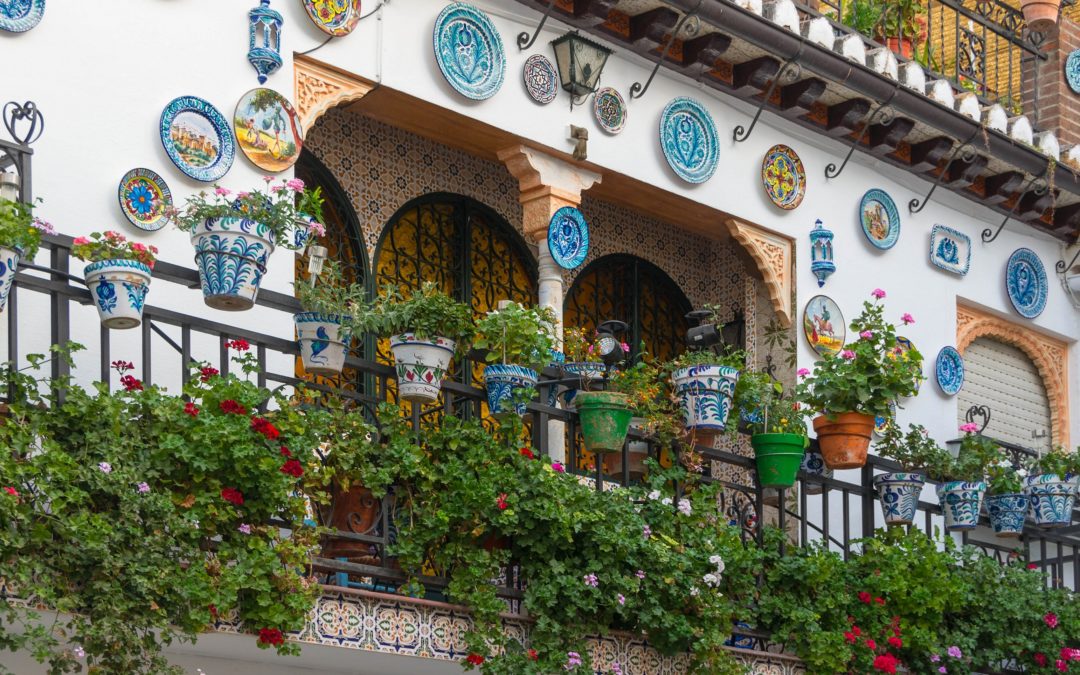
by Lorri | Sep 26, 2018 | UnCorked
Taking your own wine to restaurants has long been a debate of etiquette. Fine dining on its own entails a plethora of rules such as napkin placement, utensil arrangement and the proper way to signal the waiter whether the diner is finished eating or simply taking a break.
It’s best to know the wine manners as well when it comes to personal bottles in fine restaurants and corkage fees.
I am one of those who enjoys saving a bottle for exactly the right occasion to share with my family and friends. This sometimes means taking the bottle to my favorite restaurant. This is where the issue of corkage fees comes in. My first advice is to call ahead to confirm the restaurant allows personal bottles. If they say yes, ask the corkage fee policy. Don’t assume casual food equals a low corkage fee. Many restaurants charge $20 to $40, and the fees at some high-end exclusive restaurants are as high as $150 a bottle.
Other points of etiquette:
- It’s best not to take your bottle wrapped in a paper sack. Either have a carrier or carry the bottle in the open. If it’s a white wine its best to have it already semi-chilled. This is important so the staff doesn’t need to scramble to get your bottle to the correct temperature which will inevitably delay your service. Inform your waiter you have brought your bottle and allow him or her to take over from there. Let the staff do their job and don’t attempt to be your own sommelier at the table.
- This next part of the process may be difficult for those of us with expensive or sentimental bottles. What if it’s corked? You must be willing to accept your bottle may be corked. And you cannot expect the restaurant to replace the bottle. When in doubt, ask your waiter to also assess the quality of the bottle to confirm your thoughts on the first taste.
- It’s always a nice gesture after the bottle has been poured to offer your staff a pour to taste the wine. Many in the trade take joy in these moments to taste rare collector bottles from their customers. I always enjoy telling a quick history of the bottle and its importance to our occasion.
- It goes without saying (but I’ll say it anyway), don’t attempt to take your own bottle in an effort to save money and outsmart the wine list. This is bad etiquette.
- Last but not least, don’t forget to tip your staff for the wine even if the corkage fee is minimal. Keep in mind they still opened, presented and served you during dinner.

by Lorri | Sep 19, 2018 | UnCorked
Gewurztraminer is another of those grapes I fall in love with again and again after each taste, especially when paired with food.
We hear it a lot in wine speak when it comes to certain grapes: “If Riesling is a bit of a misfit, then likely Gewurztraminer is a downright outcast.” This sums up perceptions of this intriguing and delightful grape, but sadly it’s one of the world’s best wine gems consumers continue to pass by.
The wine world and connoisseurs sometimes get a little frustrated with Gewurztraminer because the nose and taste are too obvious — like a glass filled with the aroma of rose petals. But my taste buds adore this wine and have no criticisms or frustrations. My loyalty began when I first tasted it with Indian cuisine, and my devotion will last forever.
The amazing and intriguing distinction of Gewurztraminer is that its aroma leads you to believe you are about to indulge in a sweet, luscious wine, but when you taste it, it is often delightfully and surprisingly bone-dry. This chameleon grape can be produced in the winery as very dry, sweet or even luscious wine.
THE VALUES
- 2017 Chateau Ste Michelle Gewurztraminer, Washington (about $11 retail)
- 2017 Fetzer Gewurztraminer, California (about $10 retail)
- 2017 Chateau St. Jean Gewurztraminer, California (about $16 retail)
- 2017 Montinore Gewurztraminer, California (about $14 retail)
- 2017 Brancott Gewurztraminer, New Zealand (about $15 retail)
- 2017 Bouchaine Gewurztraminer, California (about $25 retail)
THE SPLURGES
- 2017 Balletto Gewurztraminer, California (about $22 retail)
- 2016 Hugel Alsace Gewurztraminer, France (about $29 retail)
- 2016 Gundlach Bundschu Gewurztraminer, California (about $20 retail)
- 2016 Trimbach Gewurztraminer, France (about $30 retail)

by Lorri | Sep 12, 2018 | UnCorked
We tend to throw around the word “pinot” quite a bit. It happens at restaurants and retailers around the world as customers simply state: “I would like a pinot.” Only to be in turn asked, “Which pinot?” Pinot noir, pinot blanc, pinot grigio, or pinot gris?
Most wine drinkers recognize these as red and white wines. But you may be surprised to learn, all pinots — including pinot noir — are clonal offspring of the “pinot” vine, meaning they’re not just related but the same. So how can there be so many different pinots?
Pinot is the first word of many French vine varieties and its thought to refer to the shape of pinot grape bunches — in the form of a pine (pin) cone. Researchers cite hundreds of different sorts of pinot although most are synonyms. DNA testing on grapes confirms pinot noir, pinot gris and pinot blanc are actually all mutations of the same variety. (Noir means black in French while gris means gray and blanc means white. To add to the confusion, ampelography (the study of grape vines) show there are six primary clonal variations: pinot noir (aka pinot nero), pinot gris (aka pinot grigio), pinot blanc (aka pinot bianco), pinot meunier, pinot teinturier and pinot noir precoce.
The many variations of pinot could simply be because it is a very old vine, more than 1,000 years old. Mutations and crossing are not negative and are not uncommon. For example, cabernet sauvignon is the result of a natural crossing of sauvignon blanc and cabernet franc.
Pinot noir is the “Holy Grail” of winemaking in its revered form of red Burgundy. Pinot gris can range in many styles. On the vine the grapes have a pinkish tinge. “Grigio” means the same in Italian.
This simple use of Italian versus French labeling is a clue to the consumer regarding the wine’s style; the Italian version generally presents with refreshing fruit aromas and a crisper lighter bodied style while the French pinot gris is usually rich, honeyed and fuller-bodied.
THE VALUES
- 2017 Angeline Pinot Noir, California (about $12 retail)
- 2016 Block Nine Caiden’s Vineyard, California (about $16 retail)
- 2017 Anne Amie Pinot Gris, Oregon (about $15 retail)
- 2017 Candoni Pinot Grigio, Italy (about $12 retail)
THE SPLURGES
- 2017 Ca’Montini Pinot Grigio, Italy (about $19 retail)
- 2016 Trimbach Pinot Gris, France (about $22 retail)
- 2016 A to Z Pinot Noir, Oregon (about $27 retail)

by Lorri | Sep 5, 2018 | UnCorked
From tailgate parties and camping trips to cookouts in our own backyards, our beautiful state offers seemingly endless opportunities for outdoor dining. But glass bottles and the great outdoors do not go hand-in-hand. Which brings the question: What is my take on canned wine?
I will start with a simple observation: there are great wines and horrible wines, both can be found in bottles, boxes and cans.
Canned wines are one of the most underrated of wine packaging. Convenience is often considered canned wine’s biggest advantage over the bottle. Cans cool quickly in coolers alongside other beverages, no corkscrew is needed, they’re lightweight and easily recycled. And cans don’t break and send shards of glass flying when accidentally dropped.
The most important thing to remember when popping open a can of wine is the serving size. Most cans are 375 milliliters. It’s easy to forget this is equal to half a standard bottle of wine. Many brands make their packaging size look and feel like craft beers, but remember most wines will have much higher alcohol content.
This brings us to the question, does wine in cans taste as good as in the bottle? A few years ago, I did an experiment with friends where I had them taste a canned wine I had already poured into a wine glass. The outcome was expected — I already knew the wines were fantastic — but most were shocked to learn wine was from a can. This time I changed up the tasting by asking them to taste the wine in the can first. In general, everyone agreed it was a good wine and they would consider drinking it in a pinch outdoors. But, when I poured it into a beautiful specified wine glass the feedback went from “in a pinch” to “this is a great wine.”
So here’s my tip: Buy the canned wine to take on your camping trip or tailgate party, but include a few of your favorite shatter-proof wine glasses in the picnic bag for serving.
THE VALUES
- The Great Oregon Wine Company Lil’ Rascal Pinot Gris, Oregon (about $14 retail — 4 pack)
- Dark Horse Rose, California (about $5 retail)
- Underwood The Bubbles, California (about $ 8 retail)

by Lorri | Aug 29, 2018 | UnCorked
The beautiful diverse vineyards of Spain are among my favorite places to visit. The country is rooted in centuries of tradition when it comes to winemaking. It offers an exciting array of wines but also great values. But one needn’t travel to Spain to experience what this dynamic wine country has to offer.
The Spanish government guarantees the authenticity of its wine by designating each with a region of origin or Demoniacion de Origen (D.O.). The laws behind these distinctions define the location, grape used, maximum yields allowed, aging requirements in bottle and barrel and alcohol content. Today, more than 60 wine regions have unique D.O. designations.
SPARKLING
Spanish Cava has been produced in the Penedes region since the late 1800s using the same winemaking method as the honored Champagne but with indigenous grapes. The resulting wine is fresh, fizzy bubbly at half the price of even the least expensive Champagnes.
THE VALUE
- NV Segura Viudas Brut Reserva, Spain (about $12 retail)
THE SPLURGE
- NV Conquilla Brut Cava, Spain (about $16 retail)
WHITE WINE
Albarino is stealing the limelight for white wine around the world. It is produced and grown in the northwest corner of Spain in the Rias Baixas region. The region is cooler than most of Spain, resulting in the crisp, fragrant characteristics of this wine.
THE VALUE
- 2017 Kentia Albarino, Spain (about $15 retail)
THE SPLURGE
- 2017 Laxas Albarino, Spain (about $19 retail)
ROSE
The Rioja region, known the world over for its red wines, produces several distinct dry roses, which beg to be discovered.
THE VALUE
- 2017 Campo De Borja Borsao Rose, Spain (about $10 retail)
THE SPLURGE
- 2017 Marques de Caceres Rioja Rose, Spain (about $14 retail)
RED WINE
Rioja is the most recognized of Spain’s red wines. The region has had tremendous growth due mostly to the production of exceptional quality wines offered at a reasonable price. These wines are produced from the tempranillo grape and are fresh, fruity, robust and complex.
THE VALUE
- 2016 Campo Viejo Rioja Crianza, Spain (about $13 retail)
THE SPLURGE
- 2016 Beronia Gran Reserva, Spain (about $30 retail)
SWEET WINE
Many still think of sherry as the cheap sweet wine of 20 or 30 years ago. That not the case today with Spanish producers bottling some of the most luscious, rich and smooth sweet wines in the world.
THE VALUE
- Osborne Pedro Ximenez Sherry, Spain (about $23 retail)
THE SPLURGE
- Fernando de Castilla Oloroso Sherry, Spain (about $40 retail)

by Lorri | Aug 22, 2018 | UnCorked
Questions concerning wineglasses are a recurring topic for Uncorked readers.
And it’s quite understandable considering the ever-growing selection of choices.
For some, selecting the right glass can be as confusing as shopping for the wine itself. We are bombarded with choices ranging from stemmed or stemless, goblets or flutes, wide or narrow bowl, clear, frosted or colored glass.
The good news is finding the ideal glass is not as complicated as many think. The best wineglass is the one you personally enjoy using.
That being said, here are some points to keep in mind when selecting wineglasses.
- The type of glass offers several enhancements to a wine. There are many colored wineglasses on the market. They look very pretty at a place setting at our dinner table or behind the glass of a china cabinet, but colored glass can take away from the appreciation of the wine. When you pour wine into a colored wineglass you are not able to see the wine as clearly and may miss specific characteristics important to evaluating a wine: variations of color, young, aging, deep, opaque, pale, etc. If the glass is clear and clean it accentuates the wine’s color, an important part in the appreciation of wine.
- A stem is not just for looks but offers a place to hold the glass without warming the bowl or leaving smudge marks. The bowl size allows aromas their optimal expression.
- Fragile, fragrant and delicate wines such as Champagne need a small bowl and narrow body to enhance the flowing bubbles.
- White wine glasses, though larger than Champagne flutes, are smaller to enhance the fragrance but most importantly the smaller bowls allow the wine to stay cooler longer.
- Red wine glasses with large, round bowls and wide rims allow more contact air, something usually needed to fully appreciate powerful, robust styles.
- Price is an obvious consideration but don’t forget about space. Wineglasses take up room and larger, varietal-specific glasses demand lots of shelf or rack space.
- How you care for your wineglasses is just as important. Although most modern wineglasses are dishwasher safe — properly loaded wineglasses are unlikely break or be damaged in a dishwasher — but washing them in the machine could alter the taste of your wine.
Small, sometimes microscopic scratches accumulate trappings of detergent that interfere with the aromas and appearance of a wine. Also, rinse aids add further layers of unwelcome film. The best method for cleaning wine glasses is simply a soft cloth and hot water with no detergent. Of course there are times we need to use detergent to remove lipstick, food smudges or greasy fingerprints, but be sure to use a mild one. After washing, avoid water spots by drying glasses with a soft, lint-free cloth.





